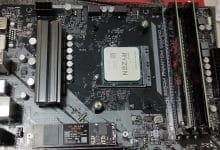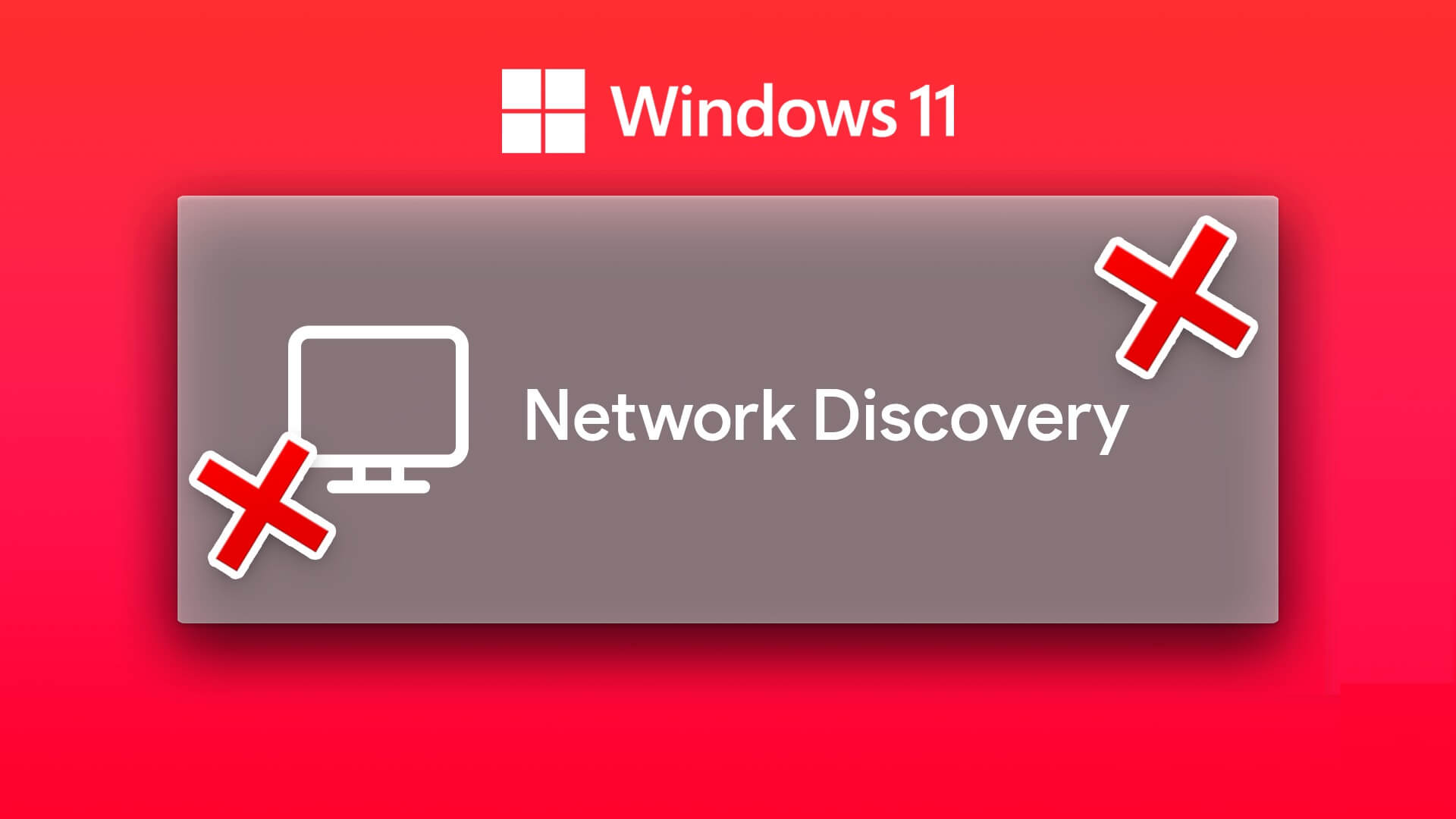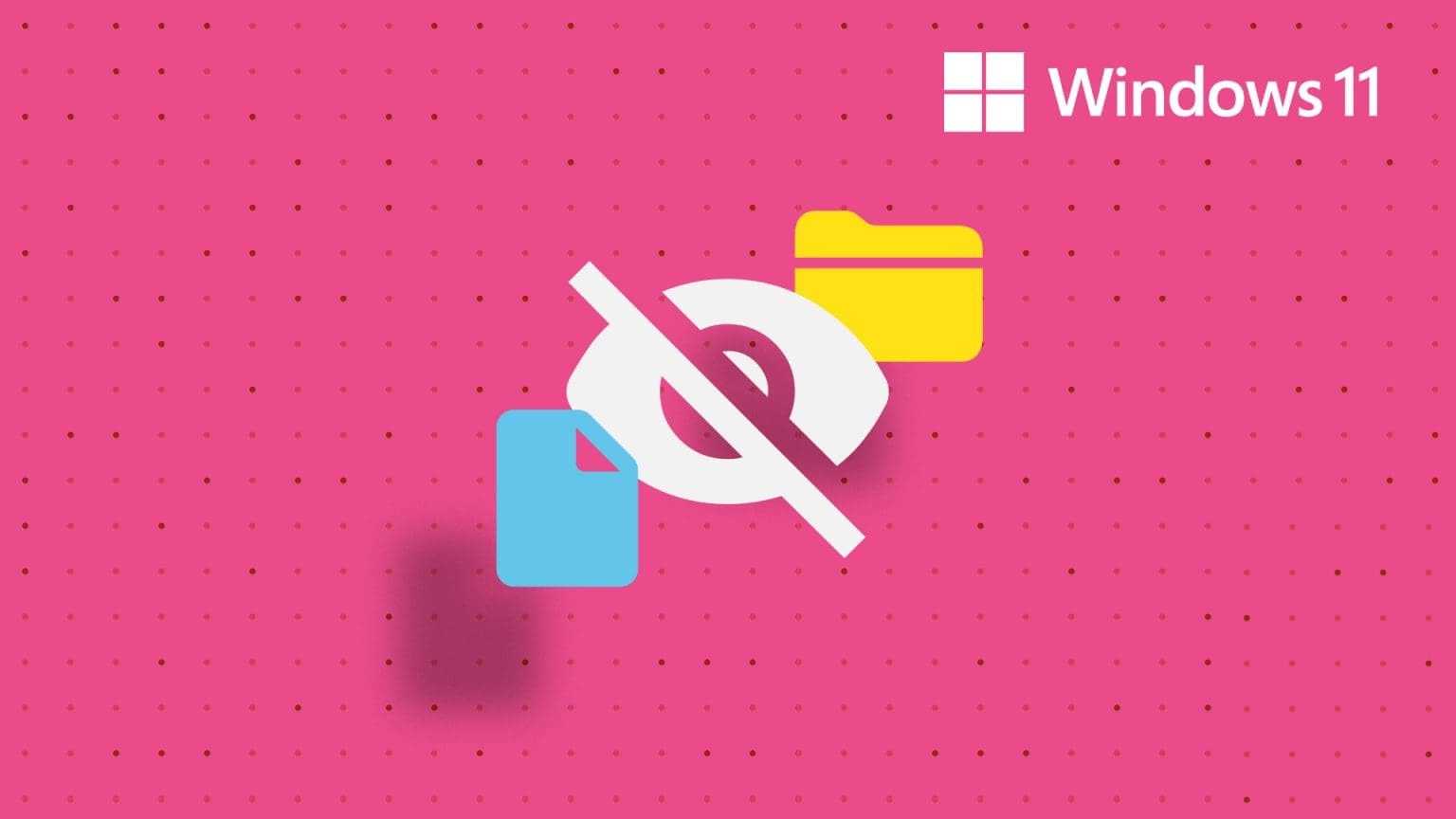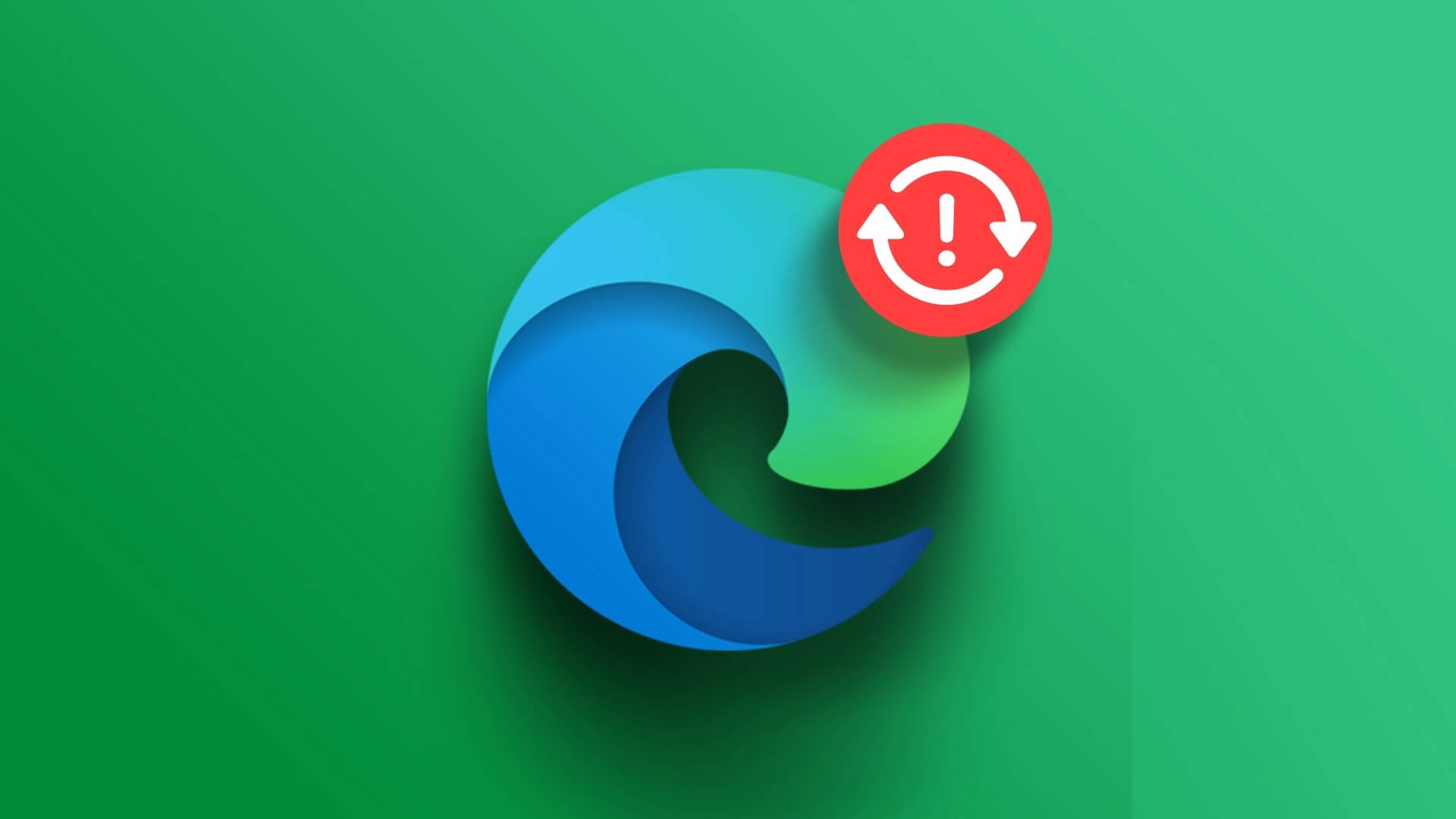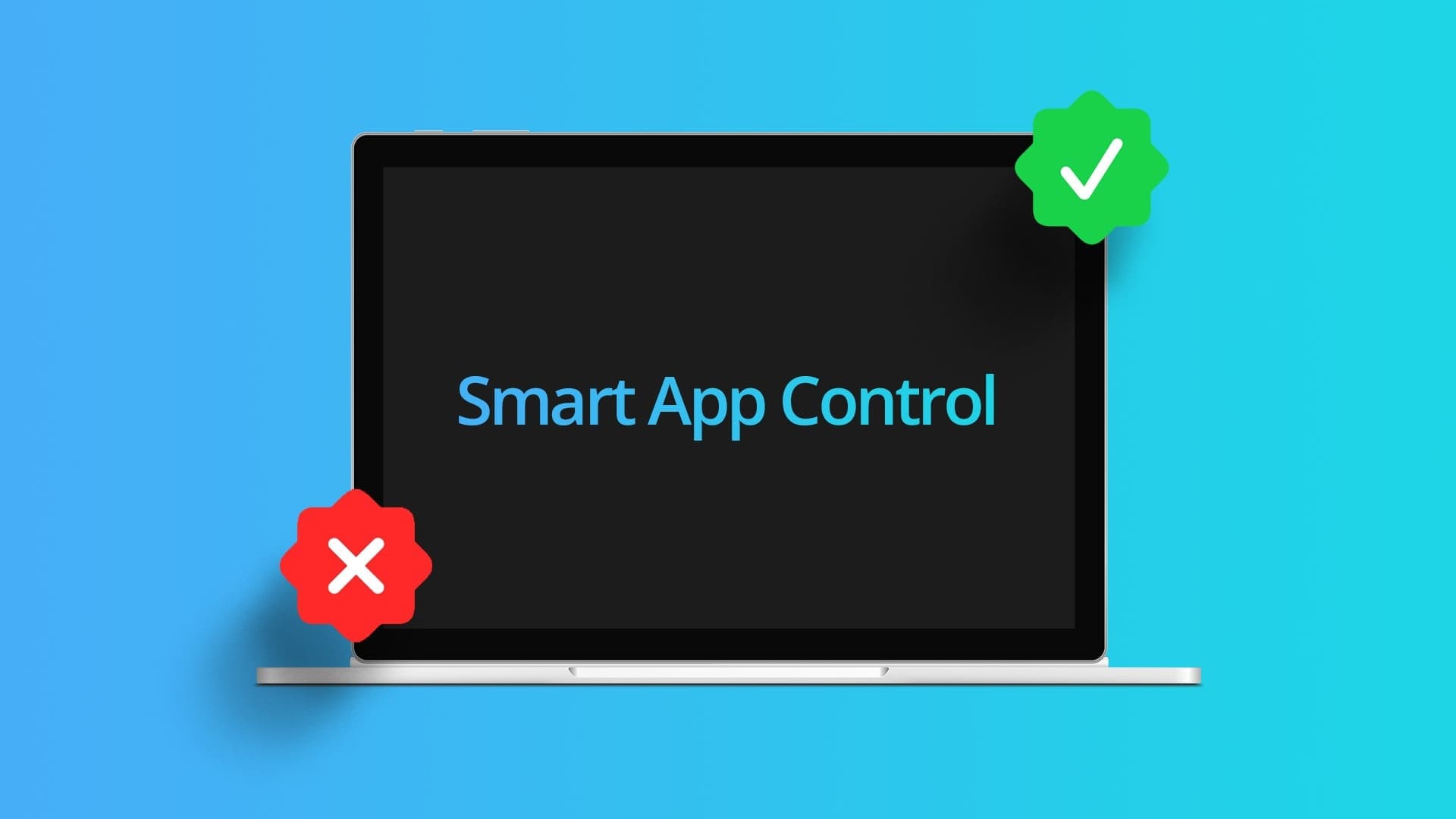Because Windows 10 preceded it, the launch of Windows 11 wasn't smooth, and early adopters faced some challenges when Upgrade to Windows 11While things have improved since then, it's safe to say that Windows 10 is still better than Windows 11 in many important ways. If you're one of those who haven't yet moved to Microsoft's latest operating system or are considering upgrading to Windows 10, perhaps these seven reasons will convince you that Windows 10 is better than Windows 11.

1. Windows 11 is mostly “Windows 10+”
Some users don't realize that Windows 11 wasn't actually conceived as a new version of Windows by Microsoft. What was initially intended to be a feature update called the Sun Valley Update with a complete overhaul of the Windows 10 user interface was later rebranded as Windows 11. Thus, the latest Windows operating system isn't technically a "new Windows" version and can be considered a better-looking Windows 10 with a few changes here and there, not all for the better.
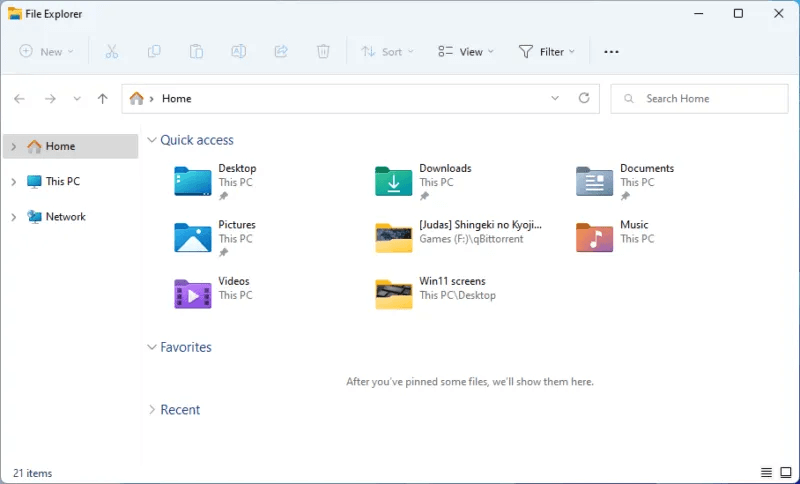
The similarities between the planned Windows 10 Sun Valley Update and Windows 11 go beyond the surface. Many of the core features of both Windows 10 and Windows 11 are comparable, unlike the massive improvements Windows 10 made over Windows 8. Recognizing Microsoft's marketing gimmick of promoting Windows 11 as the "next generation" of Windows is one of the main reasons users might want to keep using Windows 10: They won't miss much.
2. Strict hardware requirements for Windows 11
While Windows 11 brought a new look to the Windows environment, it also added a number of hardware requirements for those wanting to jump on the bandwagon. For example, Microsoft has mandated that computers with at least an 8th Gen Intel or AMD Zen 2 CPU with a TPM 2.0 chip can upgrade to Windows 11. Furthermore, your processor must support Secure Boot to install Windows 11 on your computer. Although Ability to bypass requirements such as TPM 2.0 Users may not be aware or smart enough to do this.
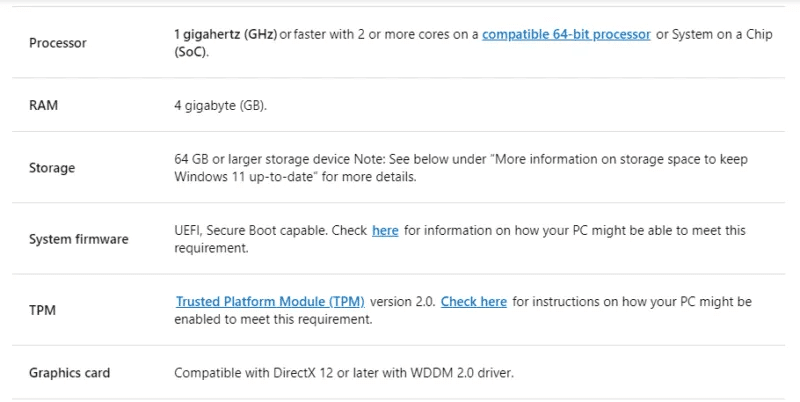
Furthermore, many users are still running older devices that don't meet these hardware requirements. Since Windows 10 doesn't mandate TPM 2.0, some users may find there's little reason to purchase a new system that meets the Windows 11 requirements. If you're running a significantly older system, you can continue running Windows 10 while still enjoying most of the features of Windows 11.
Tip: You can Windows 10 looks more like Windows 11.
3. Easier to change settings on Windows 10
Unfortunately, Windows 11 makes it difficult to change basic settings. For example, in previous versions of Windows 11, you couldn't right-click the taskbar to access the Task Manager, a feature that was a widely used feature in Windows 10. While later builds have brought this feature back to Windows 11, it makes you wonder why Microsoft chose to implement such changes.
Another new annoyance in Windows 11 is choosing the default app for a specific file type. To do this, you need to set the default app for each individual photo or video type. You can't simply choose one app for all photo or video types.
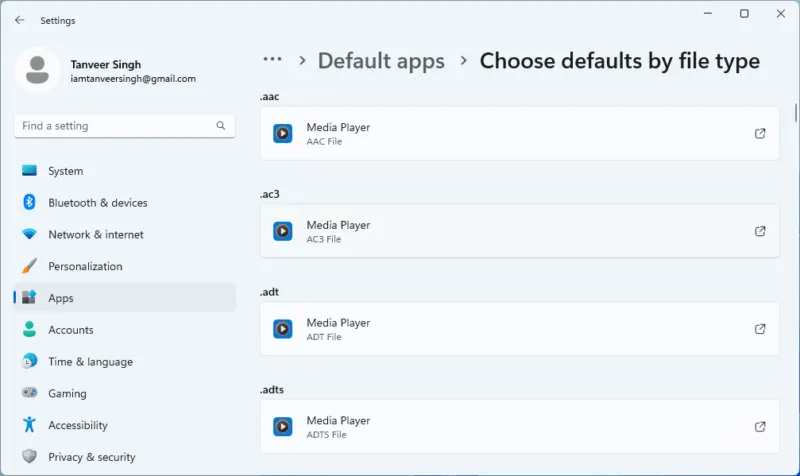
Windows 11 also brings Built-in “S Mode” A new mode ships by default on some Windows 11 systems. While this new mode aims to improve Windows security by restricting the installation of third-party apps, blocking registry changes, and restricting web browsing to Microsoft Edge, it can severely limit performance and the overall experience.
Changing the behavior of familiar Windows environment elements is more difficult in Windows 11 than it is in Windows 10. This makes it reasonable for Windows 10 users to hold off on upgrading until a Windows 11 update makes things easier.
4. Windows 11 needs more clicks
For Windows 10 users moving to Windows 11, the Start menu will be one of the major changes they'll notice. First, Microsoft has moved the Start menu to the center of the taskbar. Additionally, the Start menu doesn't display your most used and recently installed apps by default. Start menu settings can be customized manually, but again, this is an added complexity built into the supposedly new and improved version of Windows.
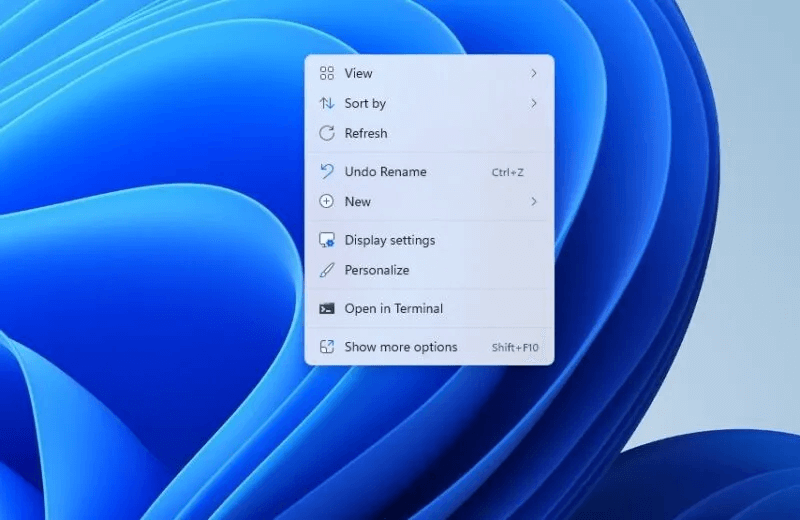
The useful Windows 10 context menu has also been changed to a specific menu in Windows 11, and users need to click "Show more options" to see all the options. Other settings, such as selecting a Wi-Fi network or switching from speakers to headphones, require more clicks than in Windows 10. Overall, for a new user, the Windows 11 experience feels unnecessarily difficult and confusing.
Tip: Check out The Best Gaming Browsers You Can Play on Your Windows PC.
5. Similar gaming performance
Microsoft has focused on providing an improved gaming experience in the latest version and has introduced several new gaming features that were originally intended to be exclusive to Windows 11. These include DirectStorage for faster loading times and AutoHDR. Fortunately for Windows 10 users, both of these features are included in the older version and will be included in future stable updates.
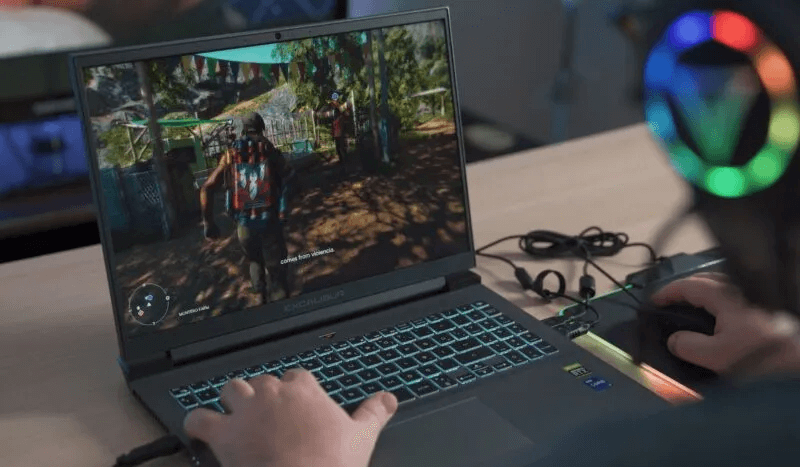
If gaming performance is taken into account, frame rates in almost all games show almost no significant difference between Windows 10 and Windows 11. As DirectStorage implementation improves and game developers begin adopting it in future titles, the inherently advanced storage stack in Windows 11 may give it an advantage. But for now, gamers on Windows 10 won't gain much by upgrading.
6. More ads on Windows 11
Advertisements are inevitable in the modern world. Whether on your phone, desktop, or laptop, it's becoming increasingly difficult to block each ad individually. With Windows 11, Microsoft has increased the number of ads displayed to users in the form of suggestions and tips. In the name of a personalized experience, Windows 11 displays ads on the lock screen, Start menu, settings, and notifications.
It's not as if Windows 10 doesn't have ads, but they aren't as intrusive as those in Windows 11. If you're someone who gets easily frustrated by well-intentioned suggestions that you didn't sign up for, Windows 10 is the best option right now.
7. Windows 10 support until 2025
Sticking with an older operating system risks missing security updates, as newer versions are prioritized over older versions near the end of their lifecycle. However, Microsoft will support Windows 10 until October 2025. So you'll continue to receive feature and security updates for more than two years. If you're concerned about losing protection for your Windows 10 PC, there's still time to wait and let Windows 11 mature further.

Windows 11 continues to suffer from compatibility issues and bugs, with problems creeping in with each new update. With Microsoft constantly releasing bug fixes and security patches, you'll pay to delay your upgrade to Windows 11 if you can help it.
Frequently Asked Questions
Q1. What are some advantages of W 11 over 10?
The answer: Despite its shortcomings in many areas and its shared similarities with W 10, it's still worth upgrading to W 11 due to some important improvements it brings over W 10. For example, you can now run Android apps natively in Windows and use multiple desktops. You also get more widget options and better support for tablets and other touch-screen devices.
Q2. How can I use Windows 11 for free?
The answer: W 11 comes as a free upgrade for W 10 users. As long as your W 10 PC meets the hardware requirements for W 11, you can upgrade to W 11 by downloading it through Windows Update. If you don't have a license for your W 10 operating system, you'll need to purchase a W 11 license to use the latest version of the operating system.
Q3. Does the W 11 need more RAM than the W 10?
The answer: W 11 is smoother than W 10 and offers a range of performance and feature enhancements to the Windows environment. However, these additional features also make it more demanding. W 11 consumes more RAM than W 10. However, on relatively newer systems, you won't experience any slowdowns, as memory management on Microsoft's latest operating system is top-notch. The newer operating system also offers several improvements that make it run well—even on older computers with less RAM. However, if your computer has less than 8GB of RAM, you may encounter issues using some W 11 features.


